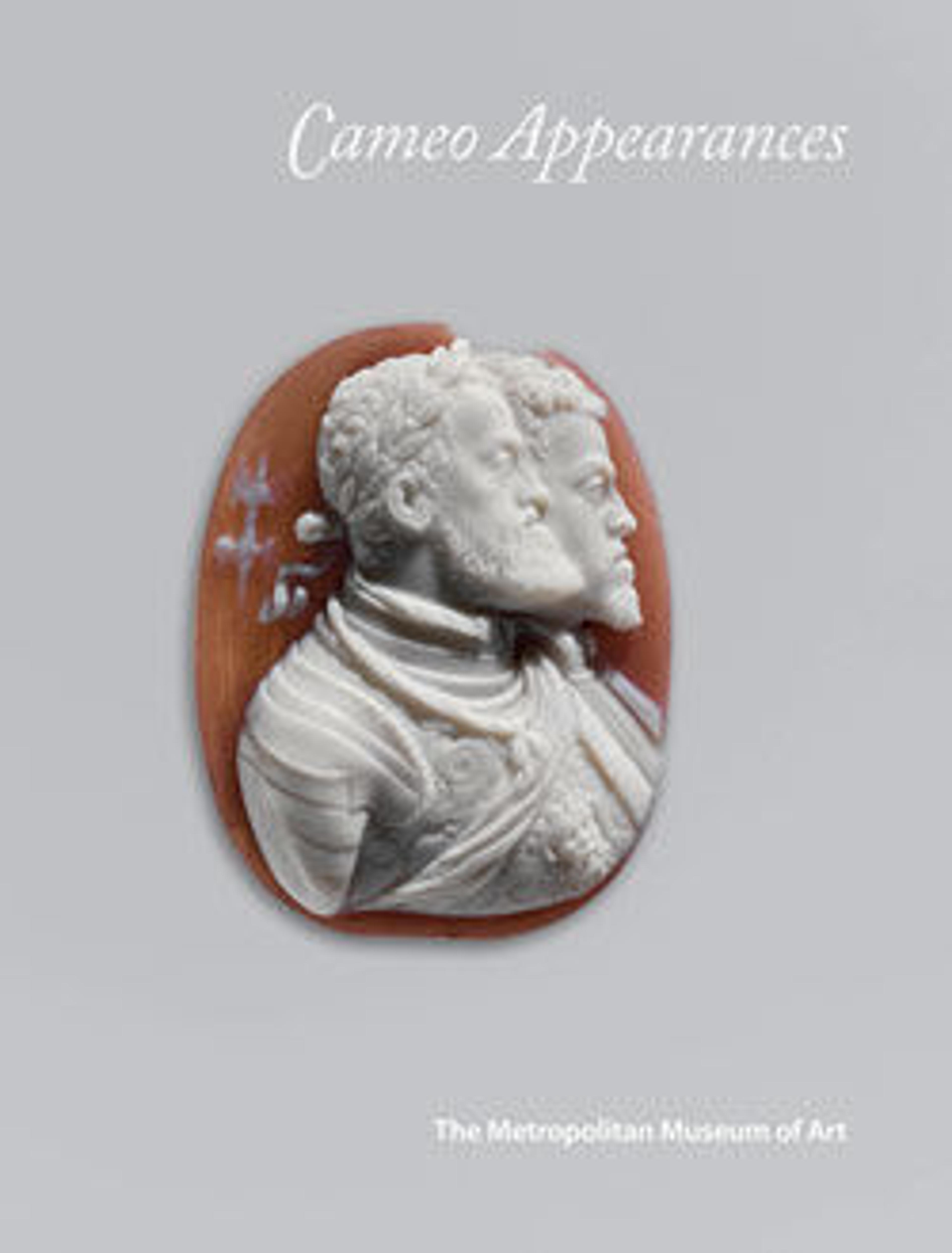Alexander the Great (?)
This vibrant carving has previously been described as made of glass and as a product of the French Renaissance, but it is in turquoise, a rarity in cameos of any period. That it is reputed to have been in the Este collections may make an Italian origin likelier. It is not to be ruled out even that the stone is Hellenistic, from as early as the fourth century B.C., but the heroic type of Alexander the Great’s profile was adopted by various Hellenistic successors. In any case, the person who caused it to be set surely thought of it as ancient and as representing Alexander. It is probably a fragment whose broken edges the goldsmith has deftly concealed by forming the bezel as a lion skin, a motif that Alexander borrowed from Hercules.
Artwork Details
- Title:Alexander the Great (?)
- Date:ring: mid-16th century; cameo: early Hellenistic 4th century BCE
- Culture:probably Italian
- Medium:Turquoise, enamel, gold
- Dimensions:Overall (ring setting): 1 x 1 1/16 in. (2.6 x 2.7 cm);
Visible cameo (confirmed): 11 x 9.6 mm - Classifications:Metalwork-Gold and Platinum, Jewelry
- Credit Line:Rogers Fund, 1910
- Object Number:10.110.2
- Curatorial Department: European Sculpture and Decorative Arts
More Artwork
Research Resources
The Met provides unparalleled resources for research and welcomes an international community of students and scholars. The Met's Open Access API is where creators and researchers can connect to the The Met collection. Open Access data and public domain images are available for unrestricted commercial and noncommercial use without permission or fee.
To request images under copyright and other restrictions, please use this Image Request form.
Feedback
We continue to research and examine historical and cultural context for objects in The Met collection. If you have comments or questions about this object record, please contact us using the form below. The Museum looks forward to receiving your comments.
